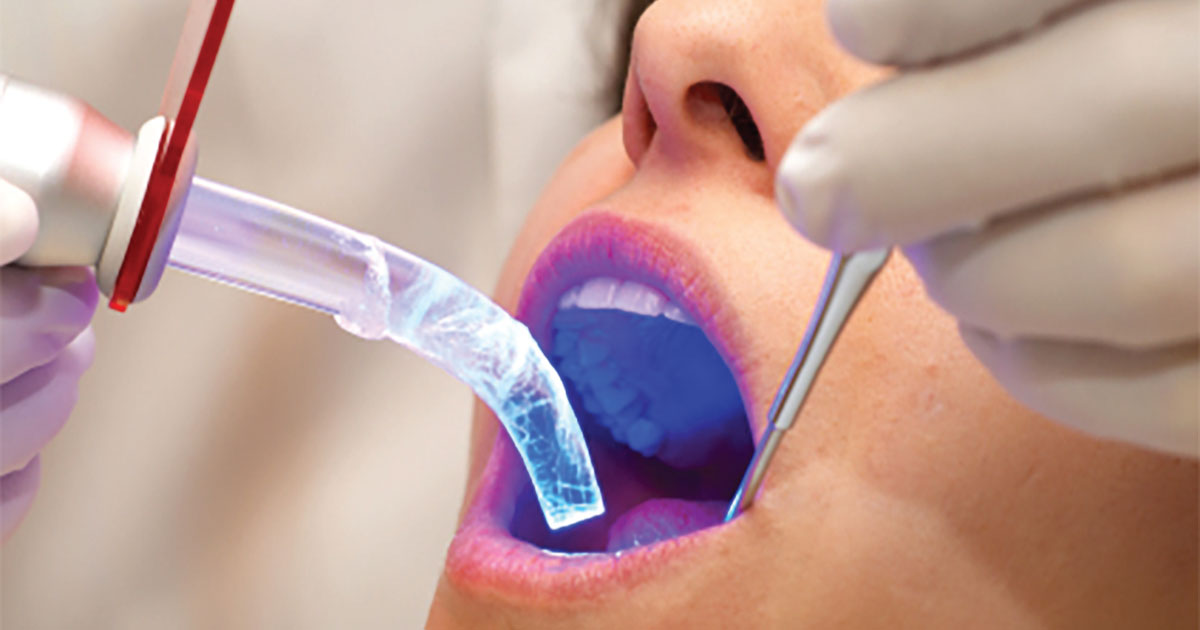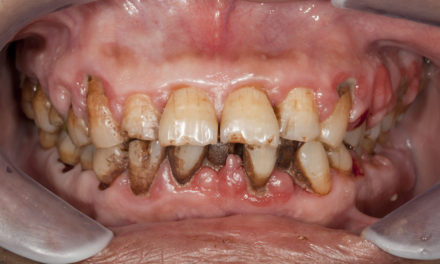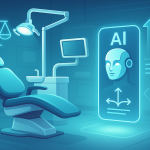Autofluorescence and its use in the early detection of oral cancer
Dentists play an important role in the early detection of oral cancer. They can use various tools and techniques to aid in detection, including visual examination, palpation, and imaging technologies such as autofluorescence visualisation.
Autofluorescence is the natural emission of fluorescent light by certain tissue molecules when they are excited by specific wavelengths of light. In the context of oral lesions and cancers, autofluorescence refers to the characteristic fluorescence emitted by normal and abnormal oral tissues when illuminated with violet/blue light. Normal and abnormal oral tissues have different fluorescence profiles, and premalignant and malignant tissues often exhibit a loss of autofluorescence, especially in the green wavelength range. This loss of autofluorescence can be used to differentiate between malignant and surrounding normal tissues.
By using specialised imaging equipment, healthcare professionals can visualise the fluorescence emitted by the oral tissues and identify areas of abnormal fluorescence that may indicate the presence of premalignant or malignant lesions. Autofluorescence visualisation can be used in addition to conventional white-light examination to improve the detection of oral premalignant lesions and oral cancers.
A study published in the National Institute of Health [“Autofluorescence-Guided Surveillance for Oral Cancer” Vijayvel Jayaprakash et al. complete article below] found that adding autofluorescence visualisation to conventional white-light examination improved surveillance sensitivity for detecting oral premalignant lesions and oral cancers from 71% to 91% while maintaining a high specificity of 93%. The positive predictive value of the combined approach was 85%, compared to 67% for white-light examination alone.
These findings suggest that autofluorescence visualisation could be a useful complementary diagnostic aid in the surveillance of high-risk patient populations. However, it is important to note that further refinement in autofluorescence technology and the development of adjunct genetic and molecular markers may be needed to improve the specificity of this technique.
Conclusion
Autofluorescence visualisation is a promising new tool for the early detection of oral cancer. However, more research is needed to improve the specificity of this technique. In the meantime, dentists can use autofluorescence visualisation as a complementary diagnostic aid in the surveillance of high-risk patient populations.












